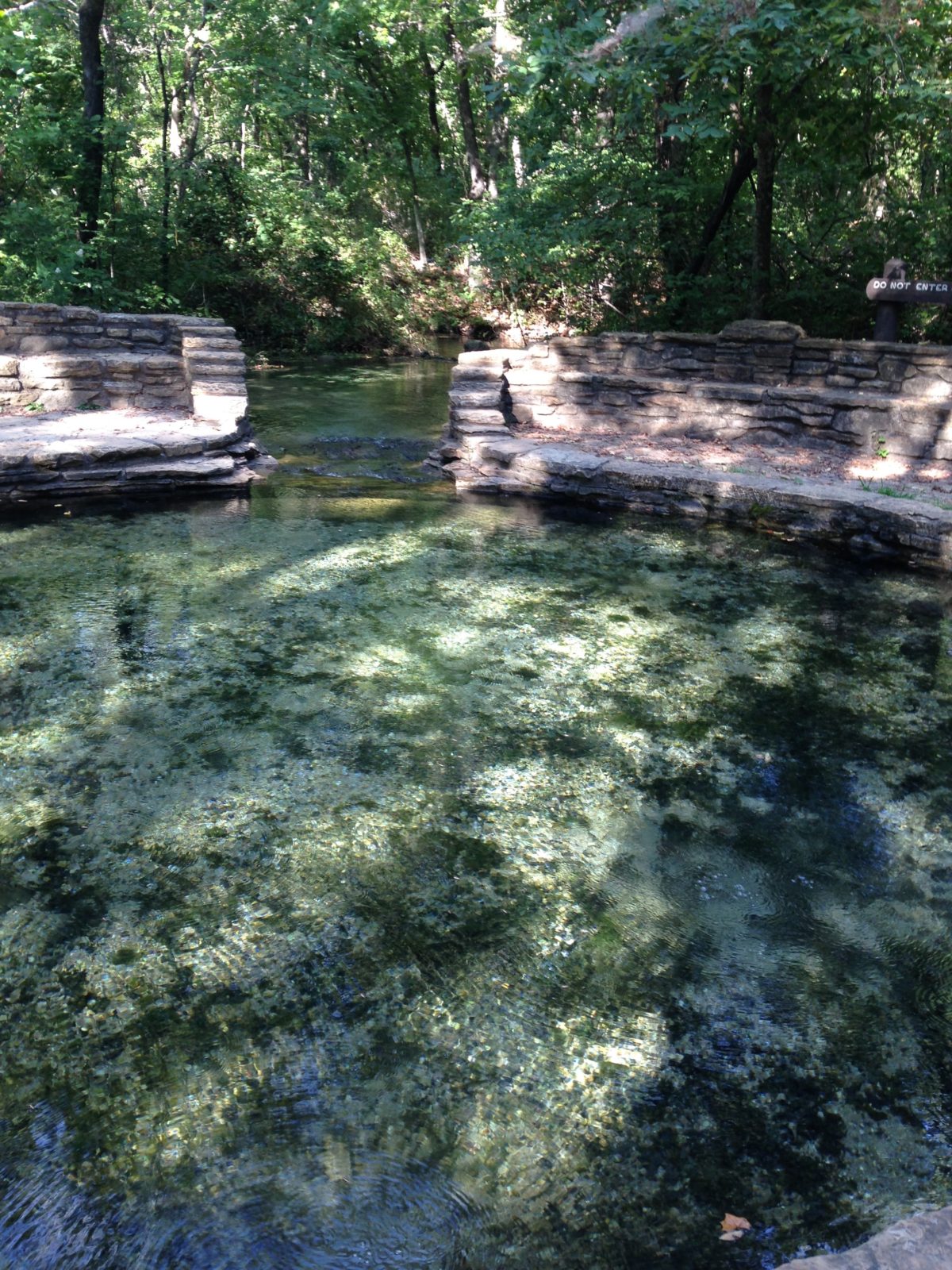To be, or not to be, a National Park?
There is a national park unit in Oklahoma that was once designated as a National Park but now it is a National Recreation Area. Congress can change the designation of parks and they do quite often – although it is not typical to see a National Park become something else. This National Park was changed to be a National Recreation Area in 1976.
Chickasaw National Recreation Area
Established in 1902, the original park here was Sulfur Springs Reservation – a place with fresh water mineral springs revered by the Chickasaw and Choctaw Indian tribes for their healing powers. Fearing that developers may do what they did at Hot Springs, Arkansas, the tribes sold the land to the government in 1902 and Senator Platte introduced legislation to protect the 32 springs.
Opened in 1902, the site was renamed Platte National Park and Arbuckle Recreation Area in 1906. It was the 7th National Park, the smallest and the only one in Oklahoma, but this little park had more visitors in 1914 than Yosemite or Yellowstone!!!
Redesignation
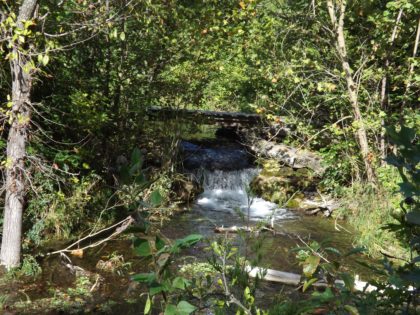 In 1976 Platte National Park was abolished and combined with the former Arbuckle Recreation Area to create the new Chickasaw National Recreation Area, administered by the National Park Service. Combining the mineral springs with the Arbuckle area expanded the size of the park and made it more accessible for recreation and public enjoyment. The park was renamed to honor the contribution of the Chickasaw tribe.
In 1976 Platte National Park was abolished and combined with the former Arbuckle Recreation Area to create the new Chickasaw National Recreation Area, administered by the National Park Service. Combining the mineral springs with the Arbuckle area expanded the size of the park and made it more accessible for recreation and public enjoyment. The park was renamed to honor the contribution of the Chickasaw tribe.
Things to do at Chickasaw National Recreation Area
We didn’t know what to expect when we got here. We saw it on the map, so we took the detour 90 miles south of Oklahoma City and were pleasantly surprised. The visitor center was interesting – a partnership between the Chickasaw nation and the National Park Service – where we were able to learn more about the culture and the history of the park, and in particular the mineral springs.
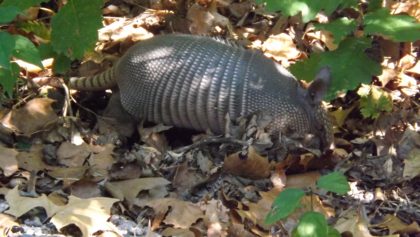 From there we took one of the short hikes along a shady trail to the mineral springs, laughing as we watched the nine banded armadillos foraging in the leaves. At the mineral springs we filled our canteens – something we have never been able to do (at least without water purification tablets!) Much of the infrastructure at the park was built in the 30’s by the CCC. You can easily recognize their hallmark designs and buildings.
From there we took one of the short hikes along a shady trail to the mineral springs, laughing as we watched the nine banded armadillos foraging in the leaves. At the mineral springs we filled our canteens – something we have never been able to do (at least without water purification tablets!) Much of the infrastructure at the park was built in the 30’s by the CCC. You can easily recognize their hallmark designs and buildings.
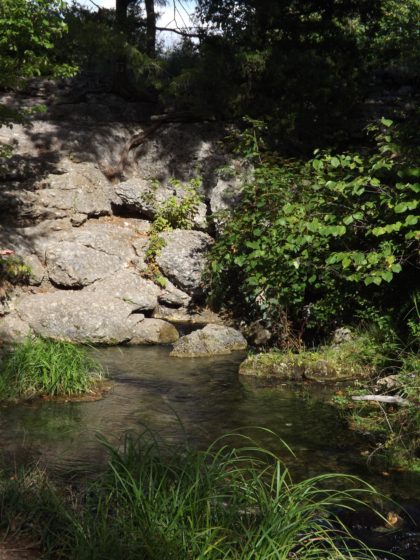
While still protecting the springs, there are now over 20 miles of hiking trails, boating, fishing, camping and swimming.
As you walk along the trails to the mineral springs, you can stop to swim or wade in the crystal clear water, said to have healing properties!
It is a perfect place for a walk on a hot afternoon. Scenic, quiet and cool.
Camping at Chickasaw National Recreation Area
We camped at Buckhorn campground, right on Lake of the Arbuckles, a large lake formed by Arbuckle Dam. The sites were large and shaded, and we even had a friendly armadillo as our campsite mascot. It was fun to listen as it rustled in the leaves.
Sitting at the beach during sunset we were inspired to see an entire flock of American White Pelicans fly overhead. Amazing!!! It was a a really nice campground.
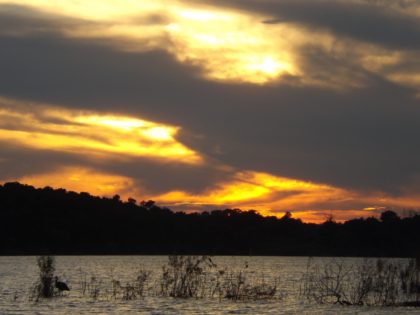
Boating at Chickasaw National Recreation Area
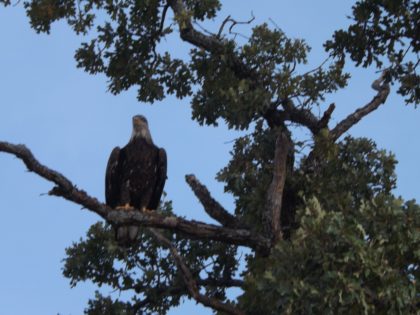 From the campsite, we could carry our kayaks to the lake for a paddle through the morning mist. We saw bald eagle, herons, white-tailed deer and tons of water fowl. If you enjoy kayaking, canoeing or motor-boating, this is a beautiful lake.
From the campsite, we could carry our kayaks to the lake for a paddle through the morning mist. We saw bald eagle, herons, white-tailed deer and tons of water fowl. If you enjoy kayaking, canoeing or motor-boating, this is a beautiful lake.
Combining the recreational aspects of Lake Arbuckle, and the history and cultural aspects of the mineral springs, makes Chickasaw National Recreation Area even more accessible and enjoyable than it was as two separate units – a National Park and a recreation area.
Over 2 million people visit Chickasaw National Recreation Area each year, from nearby Oklahoma City, Dallas and beyond. It is well worth a detour.

